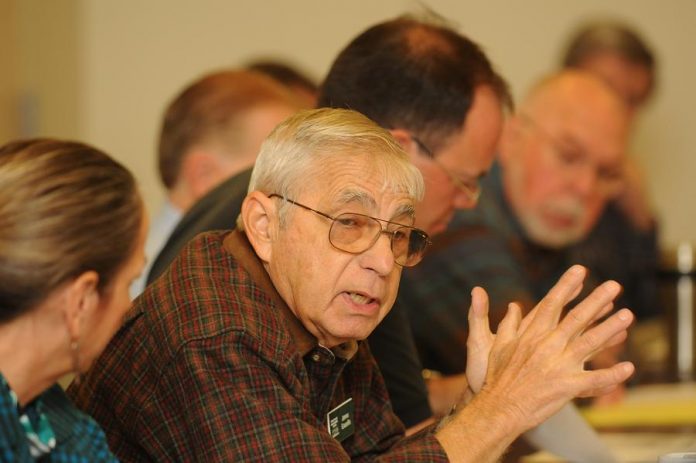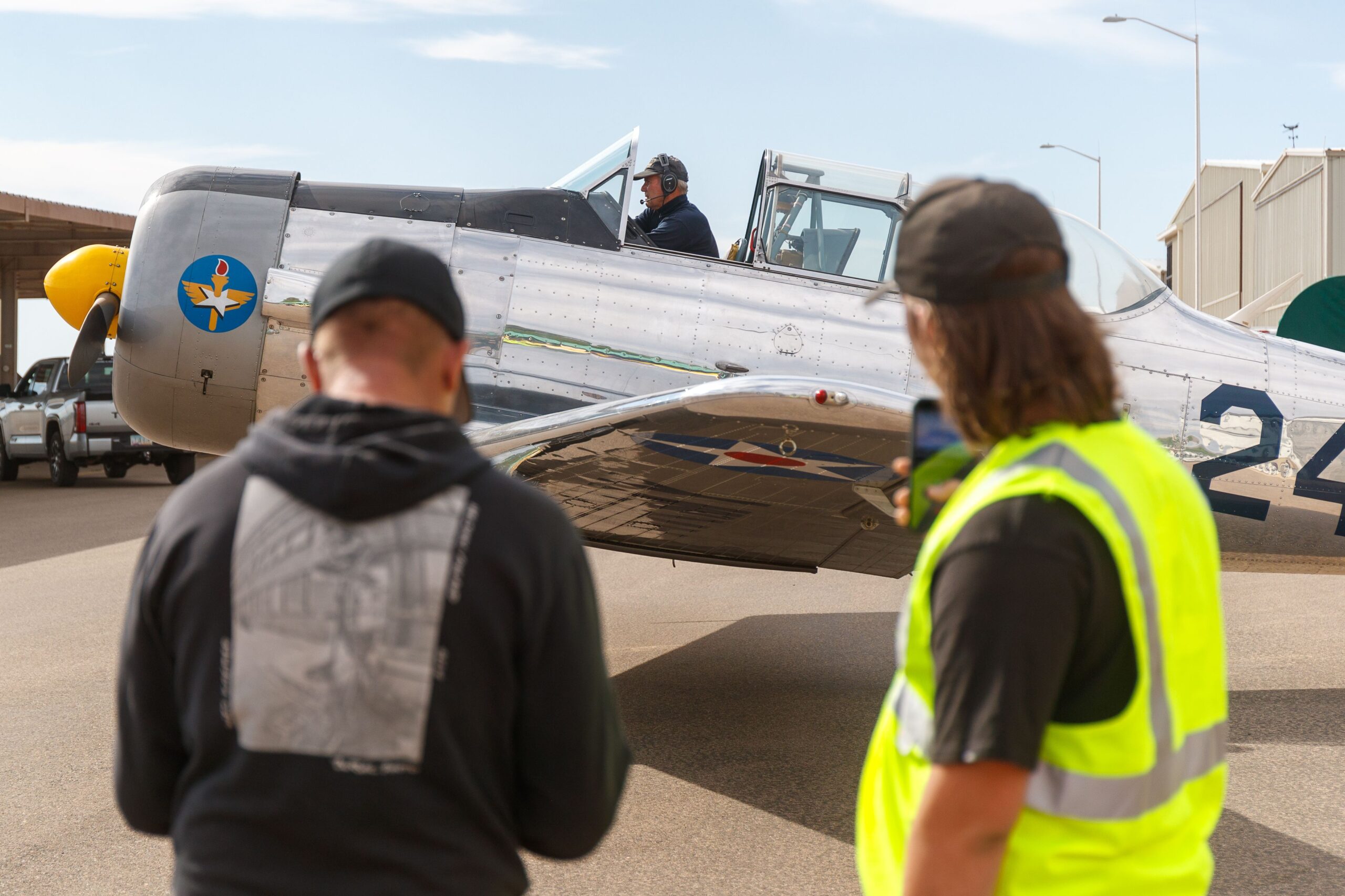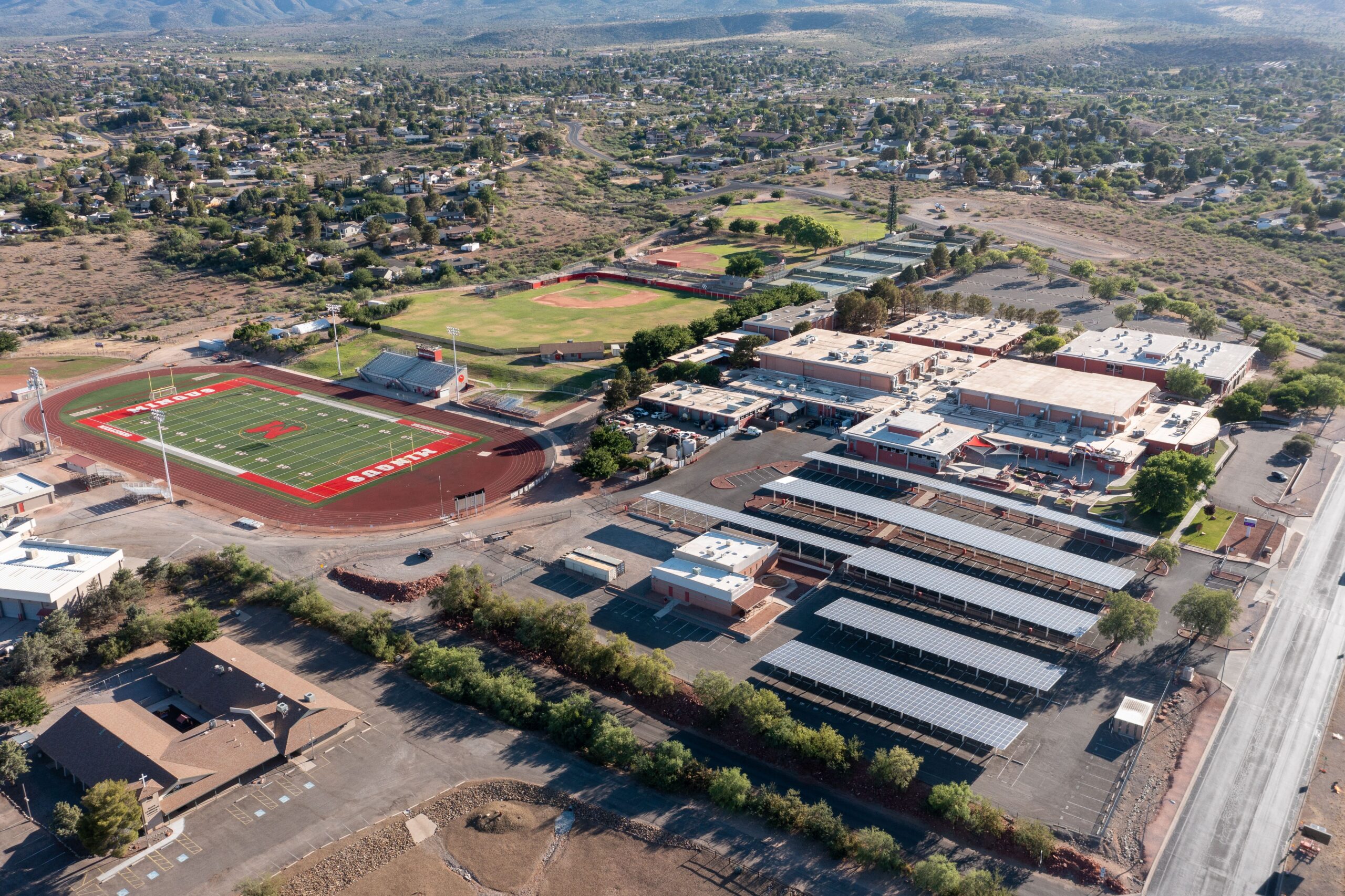The Town of Camp Verde will likely consider applying for $400,000 in grant money to help build a archaeology center after a recent brainstorming session conducted by residents and organizers.
The money is part of $2 million available throughout Arizona, money that’s part of the federal stimulus package and set aside for economic development projects.
The window of opportunity is quickly closing; the state wants applications for viable projects submitted by Friday, Jan. 7.
A local archaeology group has been wanting to build a center as a museum, a research station and a draw for visitors in Camp Verde. Last week, its supporters argued that the center was the most “shovel-ready” project that had a good shot at getting some of the stimulus money.
The primary idea competing for dollars was the possibility of building a cannery cooperative, a project pushed forward by Camp Verde Mayor Bob Burnside. Burnside argued that a small cannery would do more to meet the needs of the local people in the here and now.
The cannery would help people keep excess food they’ve grown or acquired fresh, and could even operate alongside an attached business that could process game killed by local hunters, certainly a popular activity in this part of the state.
“We are in a hunger crisis right now,” Burnside said, arguing that a cannery could play a role in minimizing that crisis, in addition to getting more nutritious food on the tables of the area’s lower-income residents.
After further discussion, Burnside opted to pull his idea from consideration for the grant, although everyone, including supporters of the archaeology center, urged Burnside to continue working toward seeing a cannery in Camp Verde. Others simply felt that much of the planning for the archaeology center was already firmly in place, something critical considering the quick turnaround time the state is requiring for this grant application.
Having a plan in place is something the state will be looking for, Camp Verde Town Manager Russ Martin said. While the town’s government must give the final approval on what to apply for, the government won’t be the entity that keeps a proposed project running.
“It’s important to have a location and someone to run it,” Martin said. “The assumption that the government is going to put this together isn’t going to happen.”
James Graceffa, president of the Verde Valley Archaeology Center, said his group was already working with contractors and archaeologists and was prepared to move ahead with opening a downtown location in the Fort Verde Plaza.
With hundreds of thousands of visitors already clearly expressing interest in the Verde Valley’s ancient past at Montezuma Castle National Monument each year, Graceffa said it was clear that there is a built-in interest for a center like this one.
“Because the money has to be spent quickly, we’re ready to go,” Graceffa said. “We know it’s something that people want.”
Graceffa said the group also had the benefit of support from the National Park Service, the U.S. Forest Service and the Yavapai-Apache Nation. It might also be an appealing project to the state because of the upcoming centennial celebration with its plans to explore and celebrate the state’s history.
Steve Goetting, another proponent of the archaeology center, said the project has the benefit of creating immediate construction jobs, as well as several positions at the center once it opens.
The group already has quality display cases that were constructed during the Great Depression and recently given to the group by the National Park Service.
The group plans to sustain funding of the center through a mixture of fundraising, tour fees and gift shop sales, among other sources.
“We could be open and in operation by the summer,” Goetting said.
Martin said he would need a proposal to put before the Town Council at its next meeting in order to meet the grant deadline.



